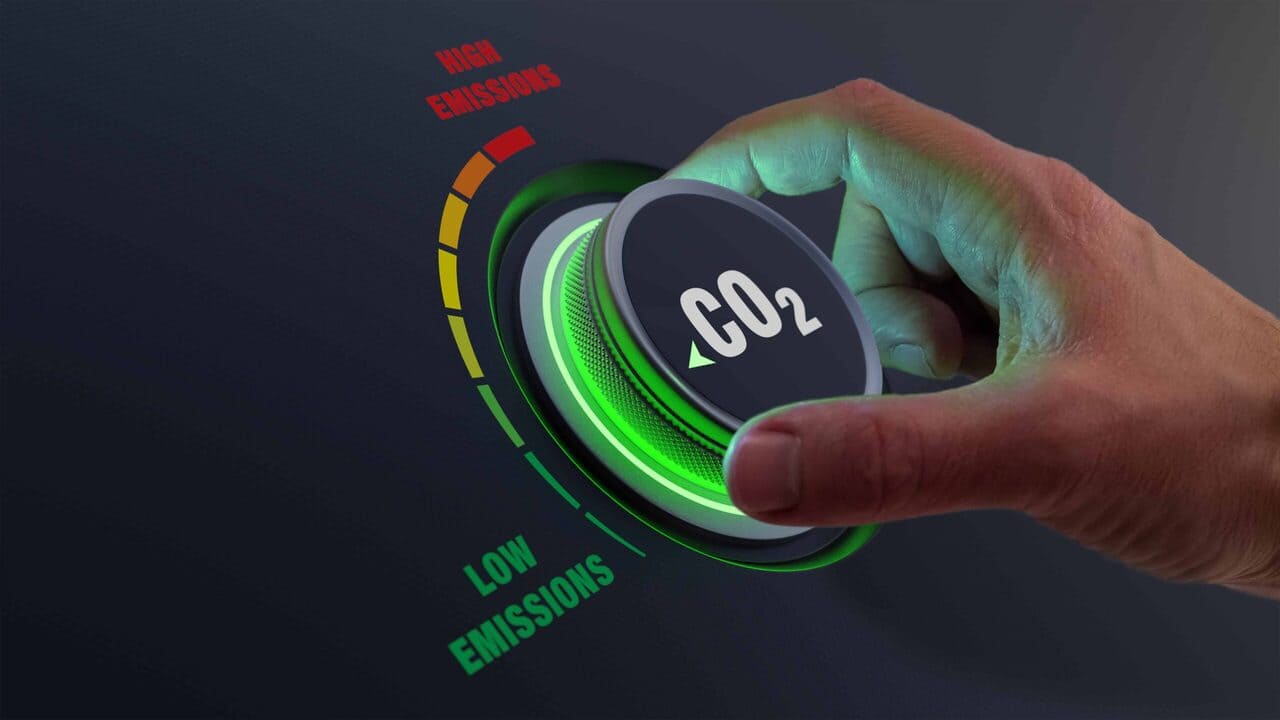Aluminum is an essential material for many industries, including construction and power generation. However, the aluminum carbon footprint is way above that of steel, as the aluminum industry accounts for 1.1 billion metric tons of CO2 emissions per year. It is alarming for industries trying to keep their carbon footprints at a minimum. While the world aims to cut down carbon emissions by up to 50% by 2050, hopes of producing greener aluminum hinge on accelerating actions to meet global decarbonization goals.
In this article, we give an overview of aluminum’s carbon footprint and discuss ways to reduce CO2 emissions, such as recycling aluminum scraps and purchasing usable aluminum remnants through a local metal supplier.
An Overview of Aluminum’s Carbon Footprint
Aluminum is durable and completely recyclable, which is why it’s highly sought after in various industries. Nearly three-fourths of the total aluminum produced is still in use today, and demand for aluminum is expected to more than double by 2050.
Aluminum production requires a lot of energy. For example, the smelting of bauxite to draw aluminum is an energy-hungry process. Coal-fired smelting units emit 400% more CO2 than units run by hydroelectricity.
There are many hotspots of carbon emissions in the aluminum industry. Primary hotspots cause direct emission of CO2 through electrolysis and various fuel combustion processes. Similarly, secondary activities such as transportation and waste disposal act as secondary sources for carbon pollution.
The table below shows unit processes that are majorly responsible for CO2 emissions as per a study conducted by the International Aluminium Institute (IAI).
| Process | Emission source | CO2 contribution (kg/ton) |
| Bauxite mining | Combustion of fossil fuels | 7.71 |
| Alumina refining | Combustion of fossil fuels | 1345.38 |
| Aluminum electrolysis | Prebake and soderberg processes | 1537.79 |
| Anode production | Baking furnace | 171.03 |
| Aluminum ingot casting | Combustion of fuel + transportation | 54.03 |
How to Decarbonize the Aluminum Industry
To reduce aluminum’s carbon footprint, it’s important to take action to decarbonize the aluminum industry. Below we detail ways in which CO2 emissions can be reduced, including switching to non-conventional power sources, capturing carbon at emission sources, and aluminum recycling.
Switching to Non-Conventional Power Sources
According to IAI, 60% of the total CO2 emissions produced from the aluminum process are generated during smelting due to coal combustion; thus, decarbonizing power generation by switching to renewable energy sources can reduce emissions to zero by 2050.
Capturing Carbon at the Emission Source
There are two ways to reduce carbon in the atmosphere—planting trees to effectively capture carbon from the atmosphere or capturing the carbon at the emission source and neutralizing it using advanced technologies, such as a CCUS (Carbon Capture, Utilization, and Storage) system.
A CCUS system captures CO2 at the source (e.g. chimneys) and transports it to an injection site or stores it for various applications. For example, captured CO2 can be mixed with hydrogen to produce fuel for automobiles. Otherwise, it can be precipitated into solid calcium carbonate pallets to be buried deep under the earth to reduce the concentration.
However, it would require additional investments to build a fully functional CCUS system and keep it running in the long term. Luckily, there is another more inexpensive method.
Recycling Remnant Aluminum
Virgin aluminum carries a huge carbon footprint, up to 20 tons of carbon emission per ton of aluminum produced. However, when that turns to scrap after consumer use and is recycled again, the footprint is reduced to 0.5 tons of CO2 per ton of aluminum.
The below table shows data for both primary and secondary aluminum carbon footprints.
| Types of aluminum | Tons of CO2 per ton of aluminum |
| Primary aluminum | 4 (For hydropower units )
20 (For coal-powered units) |
| Recycled aluminum | 0.5 |
Recycling aluminum has several benefits apart from reducing carbon concentration in the atmosphere. First, the recycling process makes the best use of a valuable commodity that is infinitely recyclable. Second, recycled aluminum can comfortably meet the growing demand in the future. Currently, industries are fulfilling 35% of their aluminum requirements through recycling. With 75% of the aluminum ever produced still in operation, it is wise to consider recycling as the primary option rather than smelting it from bauxite. That means it would also enable industries to save 90% of the energy costs of smelting processes.
The reduced carbon footprint of post-use recycled aluminum opens the door to meet global aluminum demand without triggering any environmental alarm. However, recycling processed scrap is not a viable option for reducing CO2 emissions and would worsen the situation.
Processed aluminum is produced through the processing of aluminum products like rolled foil. Nearly 20-30% of the total aluminum processed ends up as scrap. This processed aluminum remnant can also be recycled, but it will carry even more carbon footprint than primary aluminum. As processed scrap has not completed its first cycle of use yet and gets recycled again, it will carry the carbon footprint of both primary aluminum (up to 20 tons of CO2 per ton of aluminum) and recycled aluminum (0.5 tons of CO2 per ton of aluminum). Thus, it is potentially more dangerous to the environment than virgin aluminum.
Reduce Your Aluminum Carbon Footprint and Save Money by Partnering with a Local Metal Recycler
If you have usable aluminum remnants left over from your production process, Industrial Metal Service can recycle them for you and compensate you fairly. We can schedule a hassle-free pick-up service and provide you with fully customized containers (up to 55 gallons) and forklift-compatible containers to meet your specific recycling needs.
If you’re searching for aluminum remnants to purchase, we verify the quality and composition of the metals we sell using Thermo Fisher Scientific XRF analyzers. We also recycle and sell other metals, such as steel, titanium, bronze, and copper, as well as exotic metals such as Invar and Monel.
Contact Us
 Cast Plate
Cast Plate Sheet
Sheet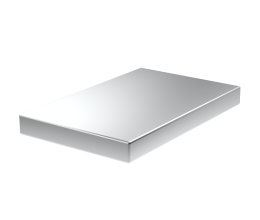 Plate
Plate Rectangular Bar
Rectangular Bar Flat Bar
Flat Bar Square Bar
Square Bar Round Bar
Round Bar Diamond Plate
Diamond Plate Angle
Angle Channel
Channel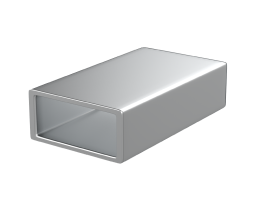 Rectangular Tubing
Rectangular Tubing Square Tubing
Square Tubing Round Tubing
Round Tubing Pipe
Pipe Sheet
Sheet Plate
Plate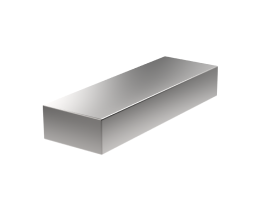 Flat bar
Flat bar Diamond Plate
Diamond Plate Angle
Angle Channel
Channel Rectangular tubing
Rectangular tubing Square tubing
Square tubing Round tubing
Round tubing I Beam
I Beam Sheet
Sheet Plate
Plate Rectangular Bar
Rectangular Bar Square Bar
Square Bar Round Bar
Round Bar Rectangular Tubing
Rectangular Tubing Square Tubing
Square Tubing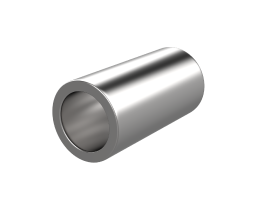 Round Tubing
Round Tubing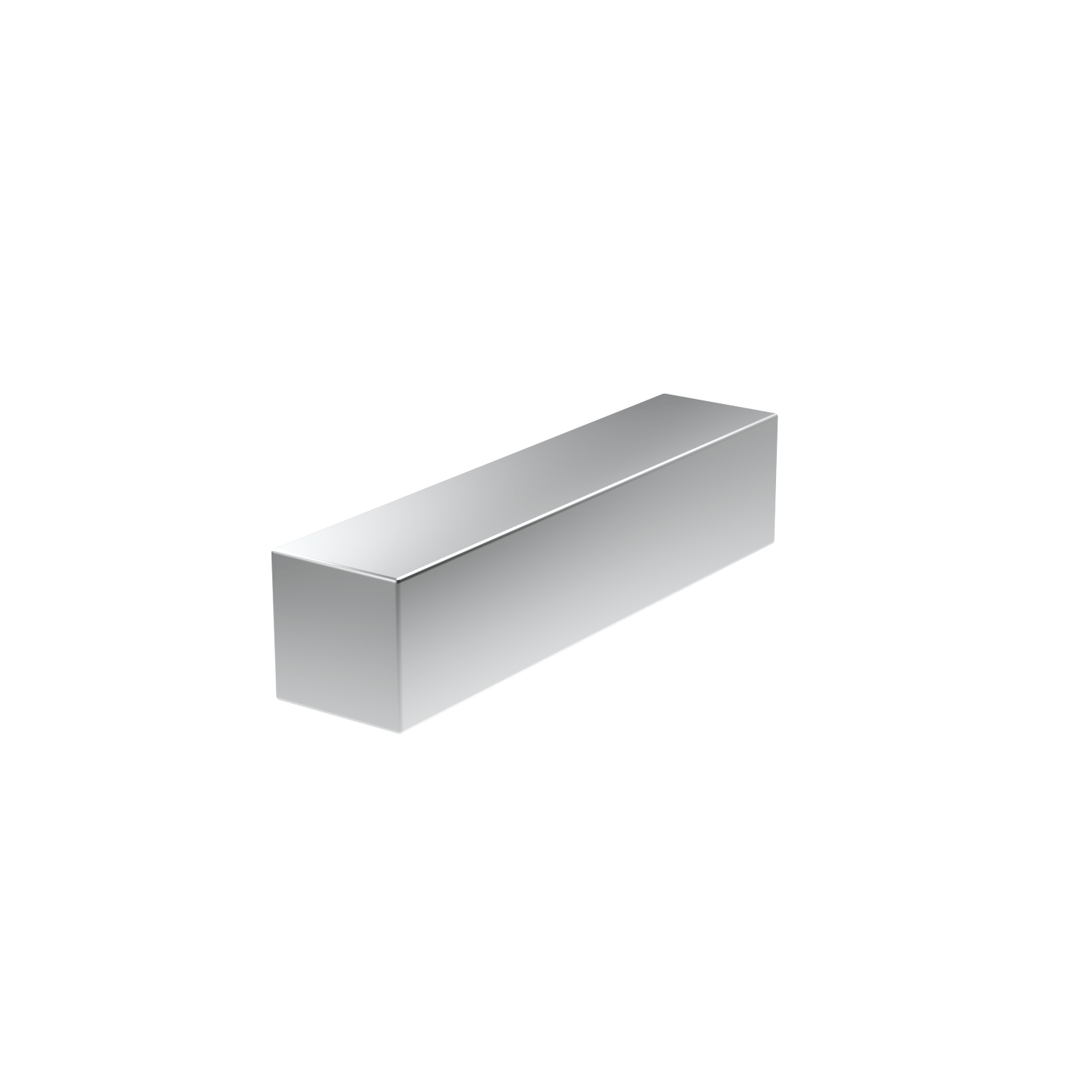 Square Bar
Square Bar Angle
Angle Round Plate with Drophole
Round Plate with Drophole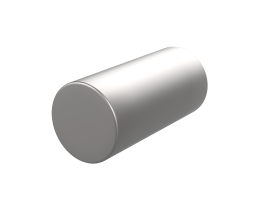 Round Bar
Round Bar Flat Bar
Flat Bar Plate
Plate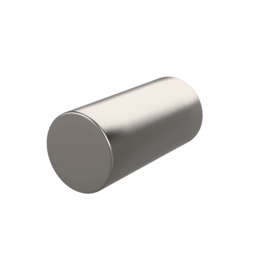 Round Bar
Round Bar
